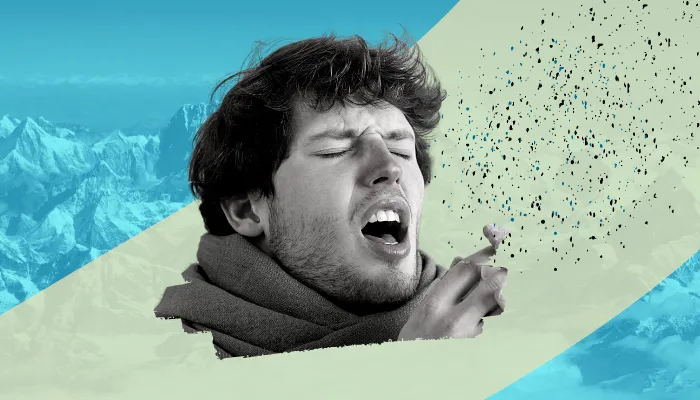
Climbers leave 'hardy' microbes on Everest that can lay dormant for centuries
The findings could have implications for future space expeditions.
Each year, hundreds of climbers set up camp at Mount Everest's South Col before attempting to scale the southeastern side of the mountain.
Their short stay could have long-term ramifications, according to a new study led by researchers from the University of Colorado Boulder, which finds the guests leave behind microbes that can withstand the col's harsh weather conditions and lie dormant in the soil, possibly for centuries.
"There is a human signature frozen in the microbiome of Everest, even at that elevation," Steve Schmidt, senior author on the paper and professor of ecology and evolutionary biology, says in a statement.
The study marks the first time next-generation gene sequencing technology has analyzed such high-elevation soil.
Researchers say their presence aren't surprising: Humans leave microorganisms wherever they go, possibly even on the moon.
"If somebody even blew their nose or coughed, that's the kind of thing that might show up," Schmidt says of the Everest microbes.
Interestingly, though, certain microbes that thrive in warm and wet environments are hardy enough to go dormant in much harsher conditions.
Microbes aren't usually compatible with life at high elevations, thanks to ultraviolet light, colder temperatures, and lack of water. While some may briefly flourish due to a chance ray of sunshine or splatter of water, Schmidt says the microbes carried up Everest by humans are destined to go dormant or die.
The study's authors don't think the microbes can significantly alter the environment on Everest, but the findings are worth considering as humans sharpen their focus on setting foot on Mars.
Research has already identified at least one Eearthly microbe - nicknamed “Conan the Bacterium,” that may have what it takes to survive on the red planet.
"We might find life on other planets and cold moons," Schmidt says.
"We'll have to be careful to make sure we're not contaminating them with our own."
RELATED: This grumpy cat was found on Everest
Thumbnail image by Cheryl Santa Maria/Canva Pro.






